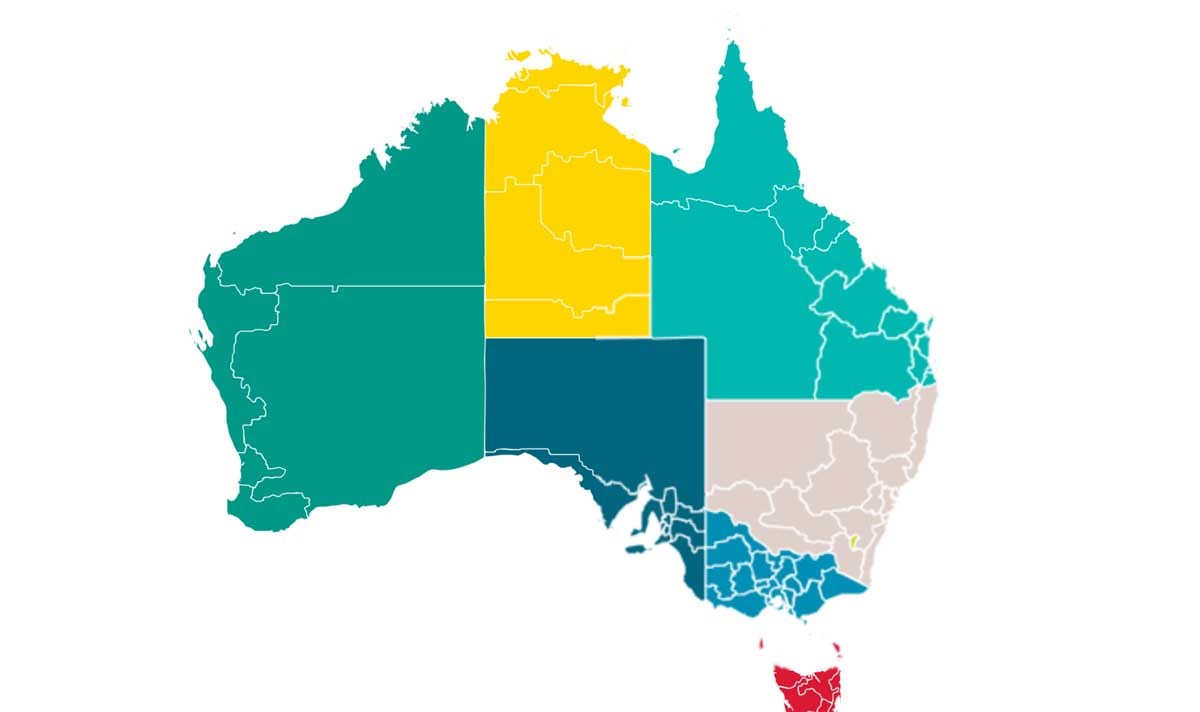
Signs continue that well-positioned ‘non-metro’ hospitality stands to benefit from the increased need for interstate and intrastate travel, as Australia looks to years of forced isolation in the wake of the pandemic.
Both domestic and international travel have steadily trended upward for more than a decade, with Australians taking more trips overseas and foreign travellers increasingly eager to visit our shores.
Both travel sectors will be decimated by the 2020 coronavirus spread around the world. Qantas recently suggested international flights out of Australia won’t resume to any serious degree until at least mid-2021, and for the foreseeable future Australia’s mandated 14-day quarantine will virtually assure no incoming visitors.
According to Tourism Research Australia, in FY19 the economy took in $146.4 billion through international and domestic travel and visitor spend. $44.6 billion of this was spend by overseas travellers.
While this inflow of tourism dollars has stemmed for the time being, so too are the 9.9 million outbound recreational trips by Aussies (as per FY19). Their average spend is reported at circa $7,700 per person, meaning around $76 billion now staying home.
CBRE Hotels’ ‘Regional Travel Renaissance’ research report cites survey results of 58 per cent of respondents recording occupancy increases since June, compared to the corresponding period in 2019, taking average occupancy levels to 91-100 per cent.
The survey of Queensland operators found the other 42 per cent recorded occupancy declines, finding most of these in markets with a high reliance on flight access.
The current border closures, notably to Victorians by all other states and NSW residents by Queensland, dictates an even greater push toward intrastate vacationing, particularly to destinations within a few hours’ drive of major CBD markets, according to the CBRE data.
“Regional tourism will be crucial in kickstarting Australia’s economy moving forward,” suggests Tom Gibson, director of CBRE Capital Markets – Hotels.
“And an uplift in this space will continue to be supported by a displaced domestic outbound holiday market – representing an opportunity for local operators to capitalise on this high-yielding segment.”
CBRE reports the rerouted domestic travel will be driven by heightened interest in local, authentic and indulgent offerings, with additional opportunity in regions within easy daytrip reach of major population centres, as seen in the results of the past few months.
“The bounce in regional RevPAR performance over this period reflects pent-up demand for leisure travel as restrictions in most states and territories gradually began to ease,” adds Troy Craig, regional director of CBRE Valuation & Advisory Services – Hotels.
“The RevPAR uplift in June 2020 across key regional ‘drive-to’ destinations has been underpinned by a strong intrastate market – a market that is likely to become more prominent following recent state border closures that will limit interstate travel over the short-term.”
The possibility of a trans-Tasman agreement with the land of the long white cloud could add New Zealanders to the domestic tourism mix in Australia, although it will inevitably also draw some Australians across the ditch and away from home.

